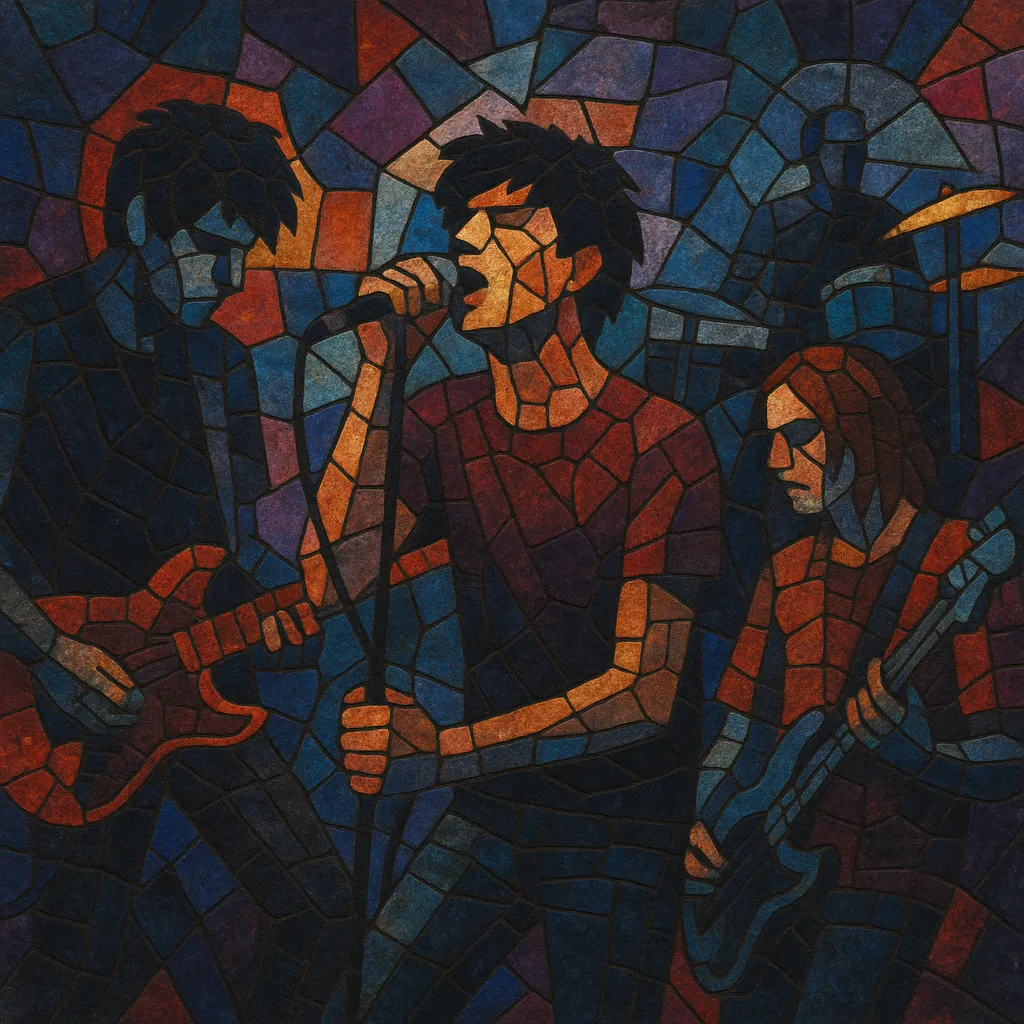Rock sónico is an Argentine alternative rock current from the early-to-mid 1990s that fused shoegaze textures, noise rock abrasion, and dream pop ambience with the melodic sensibility of local rock nacional.
It is defined by thick, effects-laden guitar layers, hazy or ethereal vocals, hypnotic mid‑tempo grooves, and a pop-art sensibility that embraced irony, sensuality, and futurist imagery.
While indebted to UK/US indie and shoegaze, rock sónico localized those influences through Spanish-language lyrics, danceable rhythms, and production aesthetics that favored saturated timbres and immersive atmospheres.
By the early 1990s, Argentine rock was evolving beyond the canonical 1980s rock nacional sound. Inspired by the global rise of alternative rock and shoegaze, a new generation of Buenos Aires and La Plata bands embraced dense guitar textures, pedal experimentation, and a pop‑art attitude. Media and audiences began referring to this cluster as "rock sónico" (sometimes also "movida sónica").
The movement’s hallmark was the blend of fuzzed and drenched guitars (reverb, delay, chorus, tremolo), minimalist or hypnotic rhythms, and airy vocals that favored timbre and mood over declamatory delivery. Albums like Soda Stereo’s early‑’90s output—especially those leaning toward shoegaze and noise pop—signaled a shift and validated the style within mainstream rock nacional.
Babasónicos, Los Brujos, Juana La Loca, and contemporaries such as El Otro Yo and Los Siete Delfines developed a scene that linked underground clubs with growing media visibility (radio, emerging music TV). La Plata contributed acts like Peligrosos Gorriones and Martes Menta, which reinforced the regional character of the sound.
Through the mid-to-late 1990s the movement cross‑pollinated with electronic pop, indie rock, and neo‑psychedelia, influencing the aesthetics of later Latin alternative and Argentine indie. Its emphasis on texture, groove, and studio craft fed directly into 2000s indie/alt scenes in Argentina and across Spanish‑speaking Latin America, where shoegaze/dream‑pop traits became common in alternative productions.


